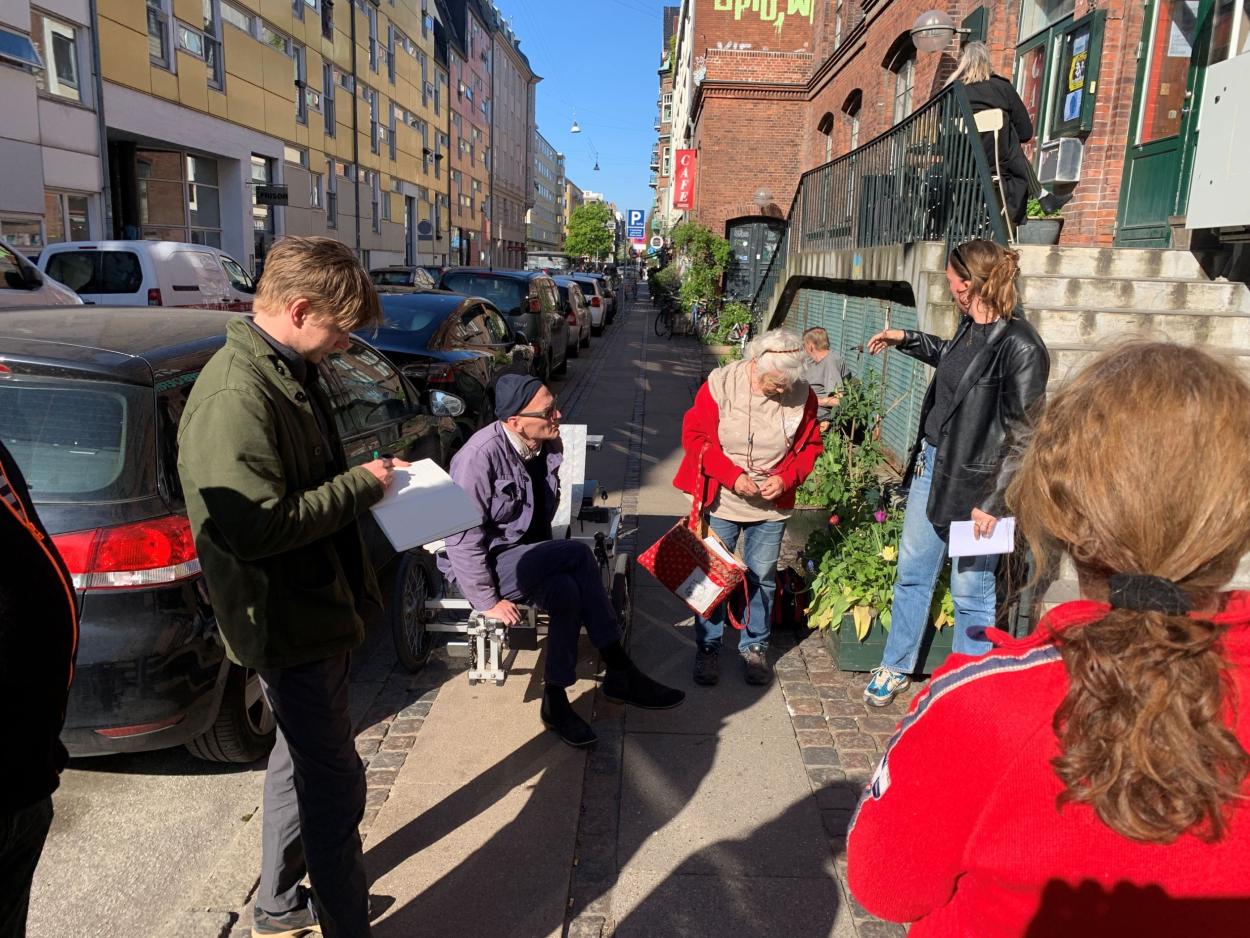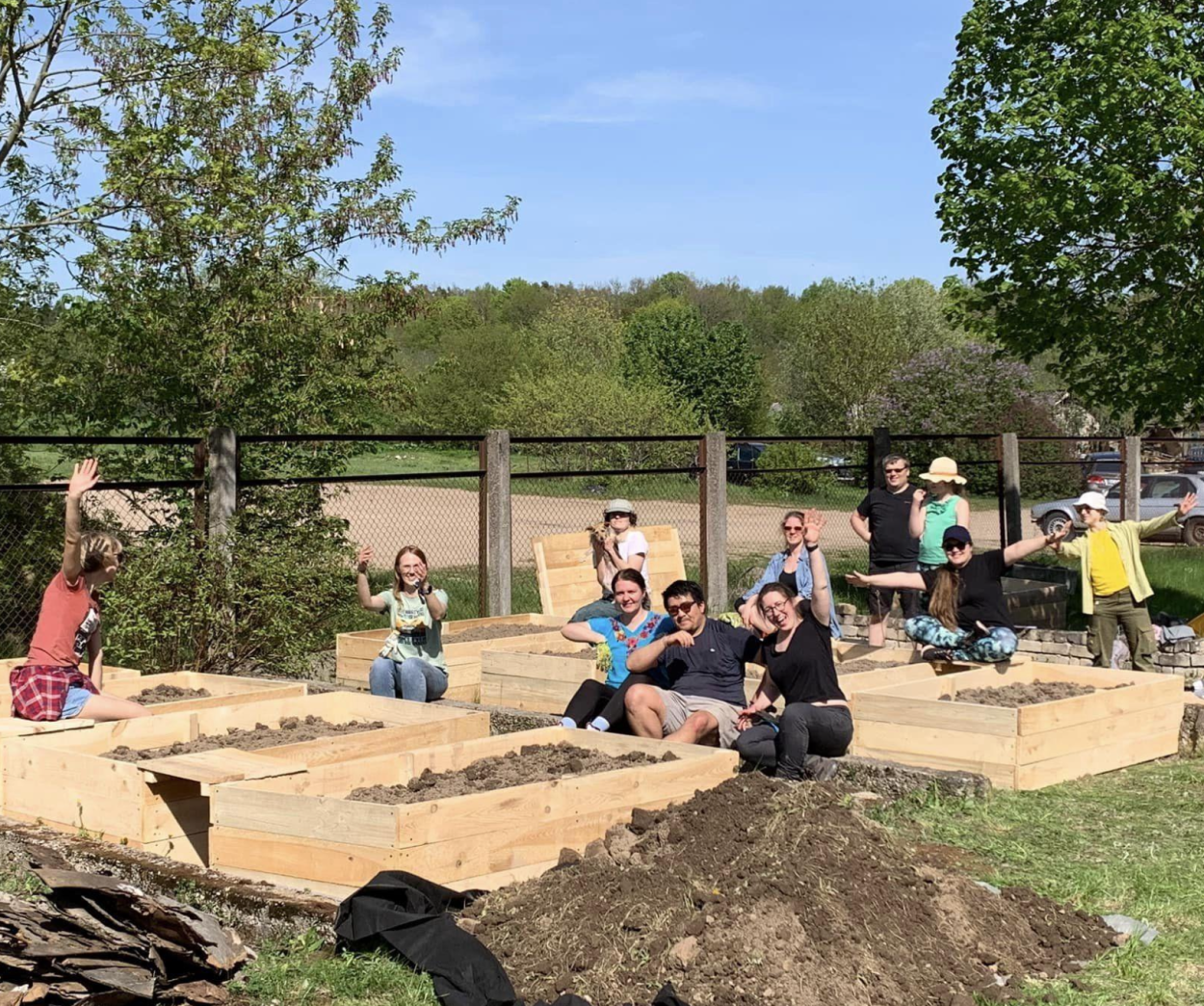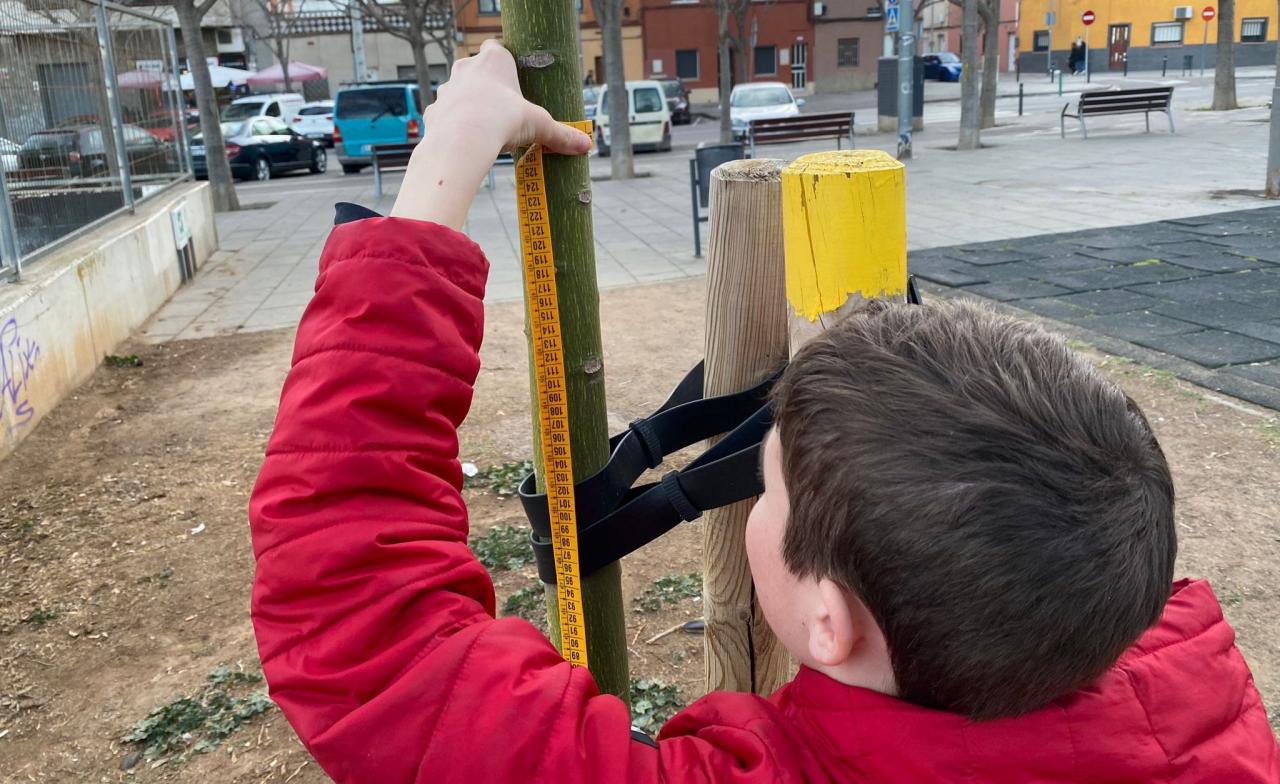With COP30 in Brazil just around the corner, climate is once again climbing to the top of the global agenda. Turning these ambitious frameworks into tangible results, European cities are taking the lead in experimenting with new, community-driven ways to accelerate the green transition. After all, city dwellers are in the frontline on the urban stage and will be the primary beneficiaries of climate action. Amid the pulse of modern change, five cities out of the 116 Good Practices awarded by URBACT in 2024, stand out for weaving citizen science and climate action into the fabric of urban life. Together, these cities prove that decisive action begins locally.
At the heart of their success lies a participatory approach, where residents, experts, and city officials collaborate to shape solutions that truly reflect community needs. Structured dialogue plays a key role here: local climate officers help bridge the gap between planners and citizens, turning collective ideas into concrete urban actions.
#1 - Copenhagen (DK)
What happens when you put climate officers right in the heart of neighbourhoods? In Copenhagen, it sparks a wave of green action. Since 2021, the city’s Climate Taskforce has been working block by block, pairing top-down expert knowledge with the grassroots energy of residents, associations, and businesses to integrate climate perspectives into neighbourhood renewals. Installing solar panels, optimising water consumption, and setting up repair cafés are all initiatives that encourage a participatory approach where city dwellers are asked to come forward with inputs that will directly benefit the environment around them.
The taskforce has a positive local impact through energy savings, waste sorting, biodiversity, green mobility, and food communities. One concrete example? Building owners looking to lower CO₂ emissions during renovations can tap into tailored guidance and funding advice from their local climate officer. In the Bavnehøj and Sydhavnen districts alone, these efforts have reduced energy consumption by 8.1 GWh, with heating demand projected to drop by 11% over five years.
Key takeaways for your city
The Copenhagen model confirms that a just green transition works best when it’s rooted in local communities. While the Taskforce complies with the Danish capital’s Climate Plan 2025, the method is easily adaptable elsewhere. Grounded in asset-based community development, urban space analysis, and co-creation workshops, the approach helps any city view its neighbourhoods as resource-rich and ready for chance.

#2 - Vilnius (LT)
Vilnius is turning neighbourhoods into hotspots of climate action, with over 20 Climate Neutral Communities engaged in urban beekeeping, community gardens, insect hotels, wild field management, repair and exchange initiatives, and food waste reduction.
To support these efforts, the city set up a community network and a municipal grant programme, offering up to EUR 5,000 per project. Since March 2024, 12 climate-focused initiatives involving schools, NGOs, local businesses, and residents have been funded. Early results include a community garden built in one day, fridges tackling food waste, and insect hotels boosting biodiversity. These projects are part of broader city strategies like the COPE URBACT Action Planning Network, Sustainable Urban Mobility Plan, and Neighbourhood Programme, and are reinforced through citizen engagement via plant distributions, planting events, and input on urban planning. With the network set to expand and lessons shared across Europe, Vilnius is creating a replicable model for community-driven climate action.
Key takeaways for your city
Vilnius shows the value of small grants to empower community-led climate projects while building networks that sustain initiatives long-term. Engaging diverse stakeholders, from schools and NGOs to local businesses and residents, makes projects tangible and inclusive. Hands-on initiatives encourage direct participation and measurable impact, while integrating community input into urban planning ensures these solutions can grow into larger, city-wide policies.

#3 - Viladecans (ES)
How much CO₂ can a city’s trees really absorb? Viladecans, a municipality near Barcelona, set out to find out by putting young people at the heart of the research. The city, which has committed to becoming climate-neutral by 2030, has launched the Co-Carbon Tree Measurement, an educational project grounded on citizen-science principles and in partnership with the Technical University of Catalonia. What better way to aim at long-term carbon neutrality than by involving the citizens of tomorrow?
Primary and secondary-school students assist municipal garden workers to measure trunk diameters and tree heights across the city. With their data, researchers can estimate how much CO₂ Viladecans’ urban forest captures each year, thus helping the municipality track progress toward EU climate targets and design greener strategies for the future.
Urban trees are natural climate heroes: not only do they absorb more CO₂ than machines, they also cool overheated neighbourhoods by reducing the urban heat island effect. Some numbers to bring the idea to life: on 14 March 2024 alone, 663 students measured nearly 1,300 trees across the city.
Key takeaways for your city
Viladecans stresses how citizen science can merge education, climate action and local engagement in a single, low-cost activity. By involving young people, the city deliberately invests in long-term awareness and promotion of a carbon-neutral mindset switch. As the method is training-free, it stands as a exemplary reference of environmental monitoring for other municipalities to follow suit.

#4 - Cascais (PT)
Cascais, a coastal city near Lisbon, is tackling the challenges of climate change head-on with its AdaptCascais fund. Rooted in the city’s Climate Change Adaptation Action Plan, the fund channels resources into projects that reduce vulnerabilities and build resilience, especially for the most at-risk communities.
The approach is participatory by design. Any formal organisation, regardless of size or experience, can apply for funding. Proposals are judged on creativity, impact and the ability to engage citizens. In its first edition, the fund supported 8 projects involving more than 2,000 residents and 163 completed activities. Among these activities were water-saving actions (i.e., 150 litres collected), the restoration of 1,150 metres of riverbed using nature-based solutions, engagement with seven schools, training and awareness-raising campaigns.
By encouraging ecosystem-based approaches wherever possible, Cascais strengthens both its natural defences and its social capacity to face extreme weather. The fund illustrates how municipalities can transform climate adaptation into a shared, citizen-driven endeavour that delivers tangible benefits.
Key takeaways for your city
Cascais shows that adaptation financing can be both inclusive and strategic. By linking funding directly to a local action plan, Cascais ensures coherence with broader EU and IPCC climate goals, while maintaining flexibility to respond to community needs. The fact that regulations and guidelines are available in English makes replication abroad straightforward. More importantly, the initiative highlights that building climate resilience requires systemic thinking: water, energy, education, green infrastructure and community engagement are all interconnected. Other cities can learn from Cascais that effective adaptation comes from weaving together different strands into a single, city-wide effort.

#5 - Vila Boa do Bispo (PT)

Vila Boa do Bispo’s Smart Village strategy brings together sustainable governance, the circular economy, and strong community ties to tackle both local and global challenges. The strategy aims at preserving the town’s shared values while empowering residents through citizen engagement and environmental education. Participation sits at the heart of the the TriCYcLE approach, whose pillars are Climate Action, Long-Term Impacts, and Youth Engagement. From youth volunteering initiatives to participatory budgeting projects, the city has set out two goals: creating an entirely circular cycle for produced goods and becoming the first carbon-neutral community in Portugal.
Collaboration runs deep, with partnerships across local authorities, NGOs, and community groups driving the work forward. Additionally, since 2021, Vila Boa do Bispo, ha been part of RURENER, a European network of rural communities advancing the energy transition.
Key takeaways for your city
Vila Boa do Bispo’s model showcases how stakeholder engagement, capacity building, and funding through knowledge-sharing network can turn small territories into innovation hubs. The use of digital tools and circular practices offers a blueprint for any urban-rural context.
Collective climate action in motion
A participatory approach is the engine catalysing urban innovation. These five URBACT Good Practices are inspirational tales for cities adapting to a changing climate.
Looking for more urban solutions? Explore all 116 URBACT Good Practices awarded in 2024 and join the URBACT webinar “What is a thriving green economy” on 13 November 2025.


